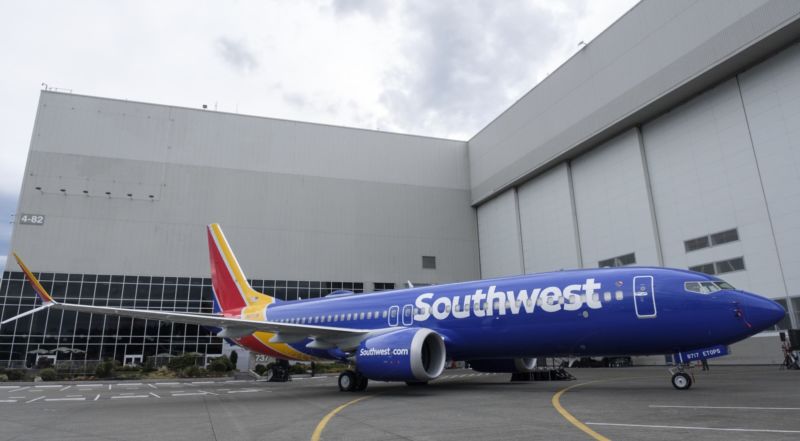“We are very sorry”—Boeing division CEO apologizes for 737 Max deaths

On Monday, Boeing’s head of commercial aircraft, Kevin McAllister, apologized for the deaths of 346 people in a pair of recent airplane crashes. Speaking at the Paris Air Show, McAllister told a press conference that “we are very sorry for the loss of lives as a result of the tragic accidents,” referring to the October 2018 crash of a Lion Air 737 Max into the Java Sea and the March 2019 crash of an Ethiopian Air 737 Max. “Our priority is doing everything to get this plane safely returned to service. It is a pivotal moment for all of us,” he said.
Additionally, McAllister apologized to his airline customers. “I’m sorry for the disruption,” he said. Air travel authorities around the world—including in the US, European Union, and China—have grounded Boeing 737 Max airliners while the company works to fix the problem.
The problem in this case is flight control software for the newest version of Boeing’s venerable narrow-body jet. The first 737 took to the skies in 1966, and more than 10,000 have been built in the intervening years. But the 737s that now leave the factory in Renton, Washington, are very different when compared to those earlier models. Called the 737 Max, it was redesigned to compete with a more efficient rival airliner from Airbus. Boeing’s tweaked plane gained FAA certification in March 2017.
However, the changes to the 737 Max affected the way that the aircraft flew compared to previous generations of 737s. To address this, Boeing developed the Maneuvering Characteristics Augmentation System (MCAS) in order to avoid having pilots of earlier 737s need to reclassify on a new aircraft type. One feature of MCAS is an anti-stall feature to counteract the 737 Max’s tendency to pitch up in flight. But if MCAS gets bad information—from a faulty “angle of attack” sensor, for example—the anti-stall feature can activate. This is believed to be the cause of both recent disasters.
https://arstechnica.com/?p=1523327